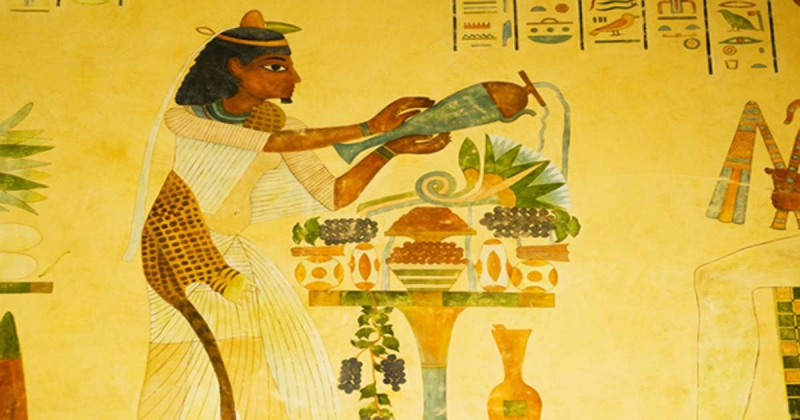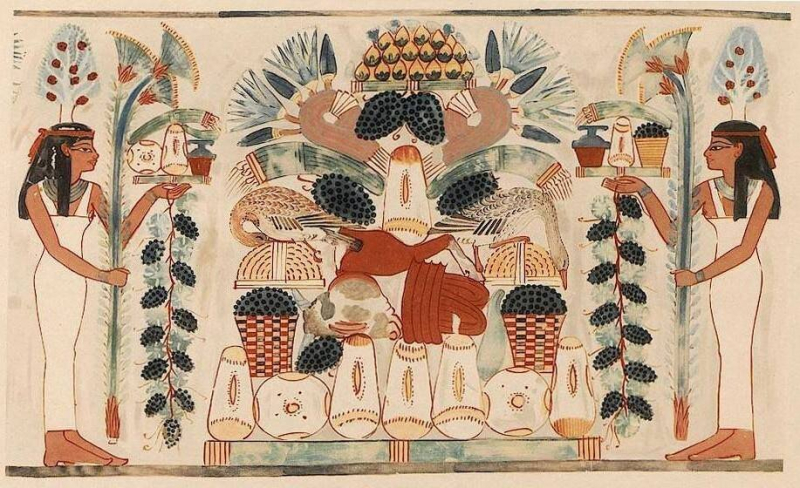Vegetables
The ancient Egyptians ate vegetables as a supplement to their daily meals, so this is one of the most famous Ancient Egyptian kinds of food. Every year, due to the flooding of the Nile, much of the land around the river is fertile and ripe for farming. Since most poor families live off of the banks, vegetables are the common food of the poor. However, they were equally popular among wealthy Egyptians, whose vegetables were consumed alongside other foods such as meat and bread. Onions, garlic, leeks, lentils, cabbage, radishes, radishes, legumes, and cucumbers are among the most common vegetables grown and consumed.
Despite the fact that the Nile was not the main source of hydration, which was the main reason for the fertile nature of the soil and the diversity of ancient Egyptian food due to the annual flooding, which allowed the cultivation of different crops and vegetables. The most common vegetables are scallions and garlic used for medicinal purposes plus leeks, cucumbers, lentils, lettuce, celery, beans, beans, lentils, radishes and turnips plus Papyrus is used to create paper, which is eaten raw, boiled, and even roasted. Wild vegetables are numerous, from onions, leeks, lettuce, celery (eaten raw or to taste stew), cucumbers, radishes, and radishes to gourds, melons, and papyrus stalks. Pulses and legumes such as peas, beans, lentils, and chickpeas serve as important sources of protein.












